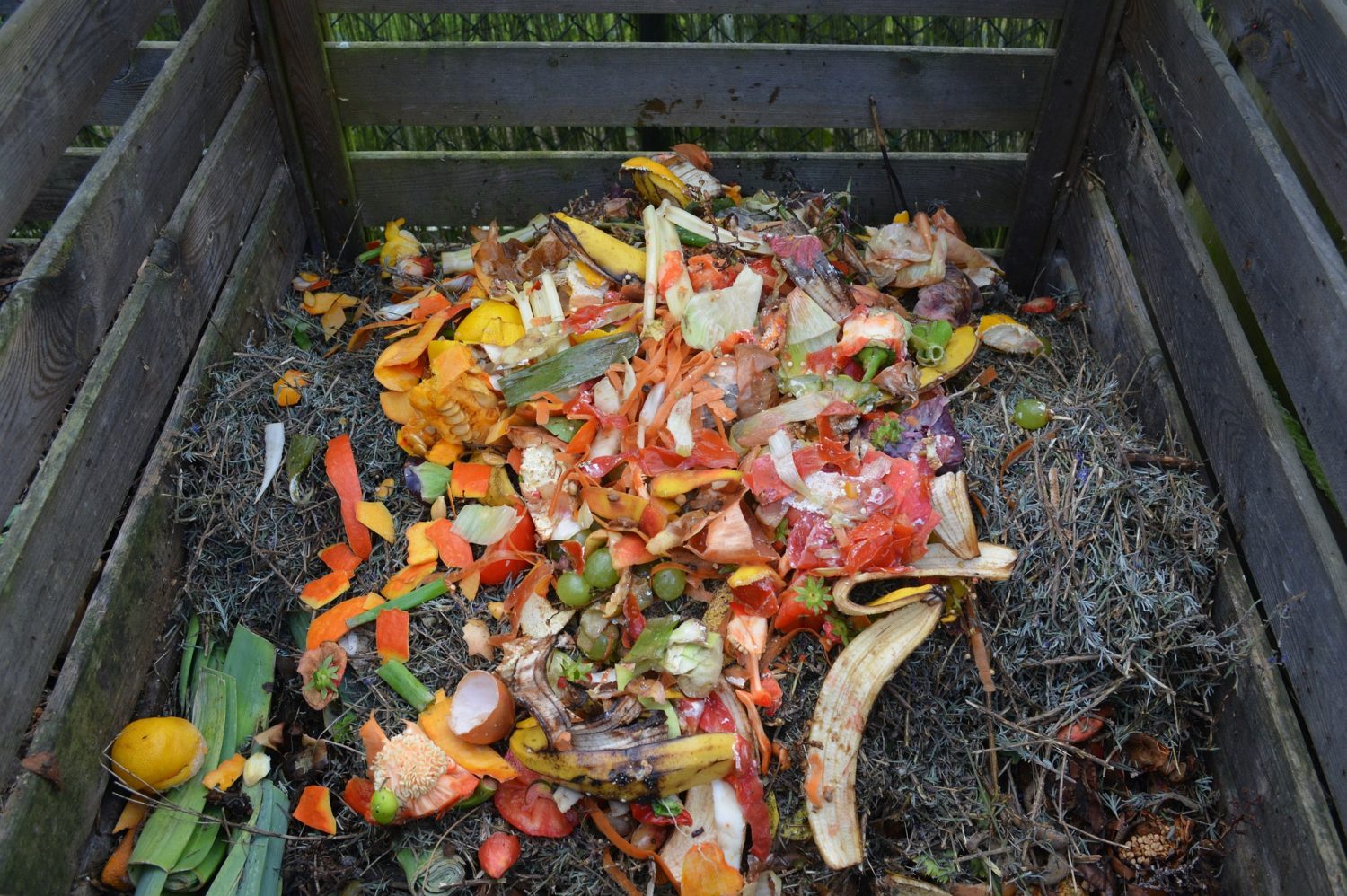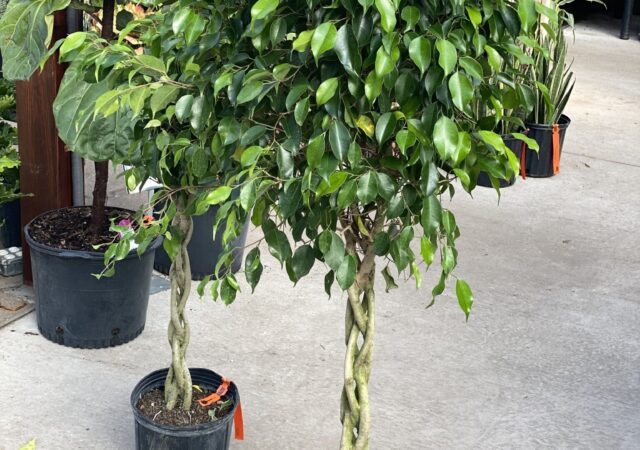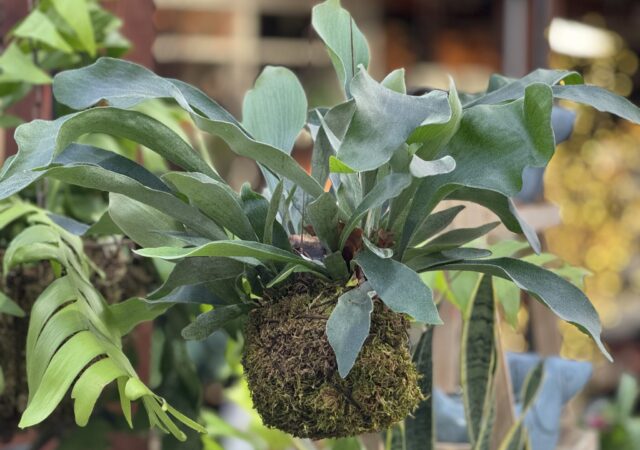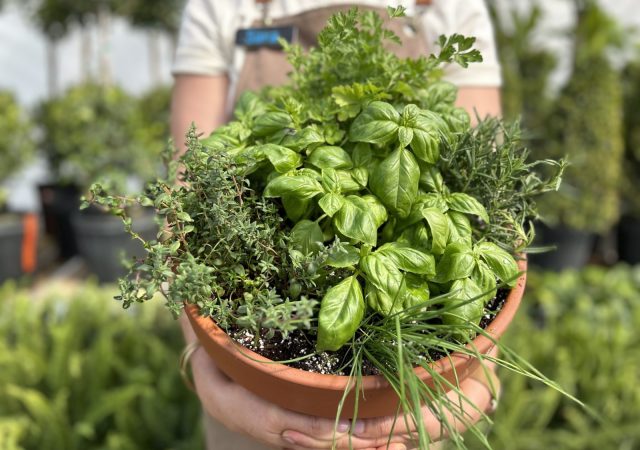Composting isn’t rocket science â it can be as easy or as involved as you’d like it to be. It can be as simple as a pile of yard waste at the end of your lot or it could be a nice tumbler that you keep outside your garage. The method you choose for composting depends on how much material you have to compost, how involved you’d like to be, and how quickly you want it to turn over to usable material. If you have a large quantity of material or are not concerned with quick turnover, simply piling up the material on the ground is a great solution. If you have a very small amount of material and are interested in very fast turnover, look into compost tumblers. For the in-betweens, consider a compost bin. Bins can be easily DIY-ed, created from a kit, or purchased as a finished product.
The most important factors in composting are materials used, temperature, and moisture. For the best results, use a combination of different green and brown materials. Green materials include kitchen scraps, weeds, and lawn trimmings. Brown materials include fall leaves, shredded newspaper, small twigs, and sawdust. Generally speaking, you want to have more brown materials than green materials. Do not put meat, bones, or dairy in your compost as it can attract pests and harbor harmful bacteria.
The warmer your compost pile is, the faster it will break down. For this reason, the pile or tumbler should ideally be placed in at least partial sun. Placing a tarp over compost bins or piles can help them to retain heat, as well as balance the moisture level. You want your compost to stay evenly moist. If it gets too dry, decomposition will be very slow. Just spray it down with the hose to resolve this. If it gets too wet, it can get smelly and slimy. Adding more brown material will help to dry out a soggy compost pile as it will soak up some of the moisture. Turning your compost frequently also helps to speed up the process, as it balances the heat and moisture levels. Spin your tumbler or use a pitchfork to aerate piles or bins, mixing the materials and breaking up any clumps.
Your compost is ready to use when it looks like fresh, dark brown soil. It is difficult to use too much compost, so don’t be shy in adding it to all of your garden beds!




